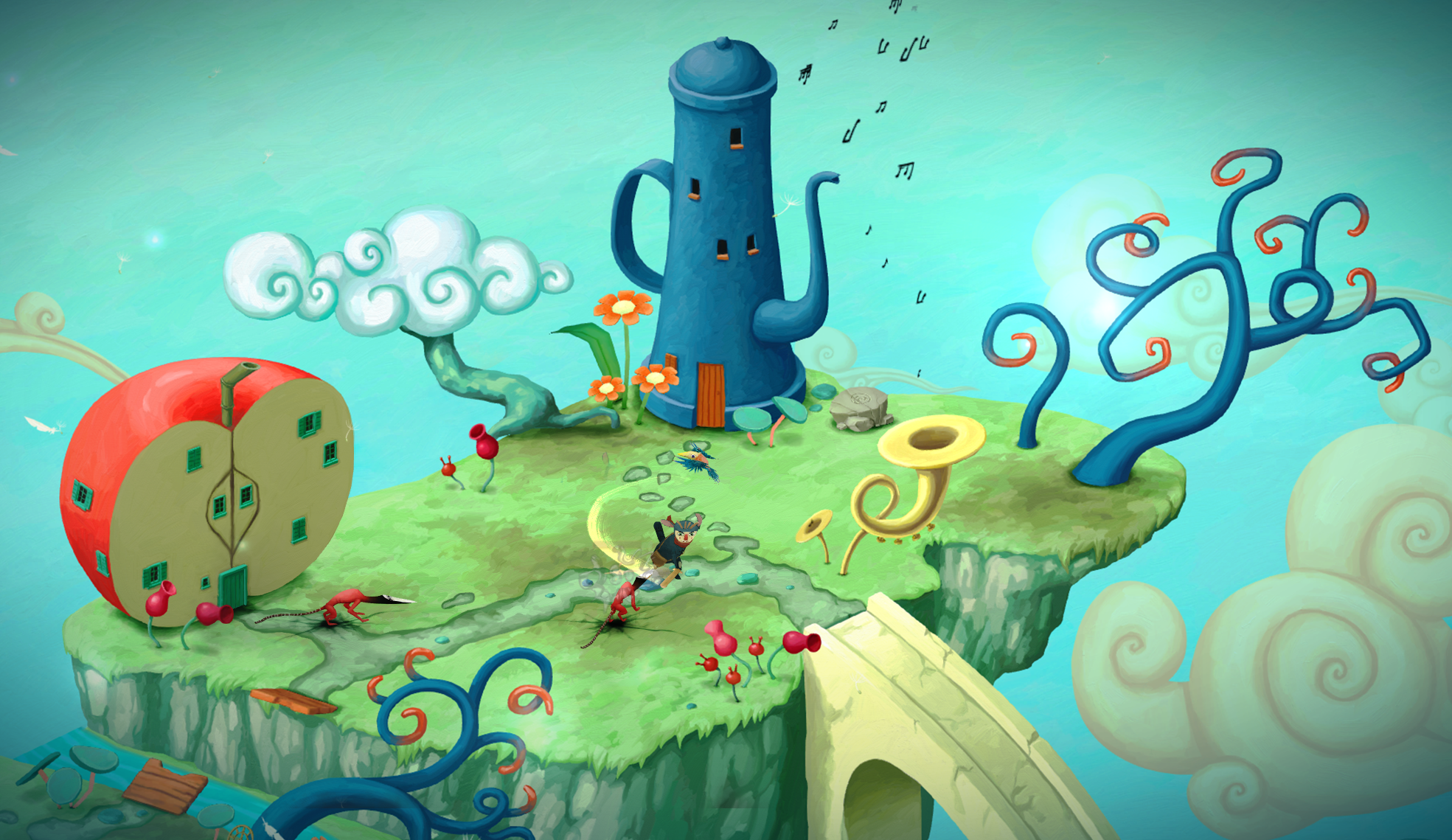Figment is a surreal puzzle game that takes place entirely inside the mind. The whimsy of its rich, colorful illustrations is matched by the fact that it actually features musical numbers. Developer Bedtime Digital Games has been working on it for 3 years now, and it’s finally launching later this year on PC, PlayStation 4, and Xbox One.
I played a demo version and interviewed Bedtime’s CEO Klaus Pedersen last month at Brazil’s Independent Games Festival, where Figment picked up the prize for Best Narrative. It’s a spiritual successor to Bedtime’s first title, Back to Bed, which was a similar kind of surreal puzzler. This time, the studio tried to introduce more exploration and design the gameplay and environment to reflect the narrative more.
![]()

![]()